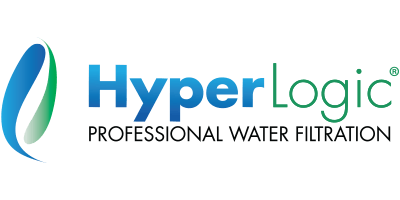
For cultivators striving to conserve water either due to regulations or to become more environmentally sustainable, collecting rainwater is one of the cheapest, easiest ways to improve water efficiency by tapping into one of nature’s most abundant, yet under-utilized pure water sources.
Human beings have been collecting rainwater since the stone age, but with pressing water quality issues of the modern era, governments are now starting to support this ancient practice to help alleviate several serious environmental issues, especially in areas that deal with drought and groundwater depletion. With climate change causing longer and more frequent droughts, cities and governments are beginning to depend more on water conservation as a solution to the dwindling availability of purified water.
Collection
Many people believe that collecting rainwater is illegal or requires extensive permitting, however this is not often true. Drought parched cities like Santa Fe, NM are now making modern collection systems mandatory for all new commercial and residential developments. In California, no water rights permits are needed; the state has also recently begun to exclude rainwater collection systems from property tax assessments, making them even more cost effective to implement.
Since one inch of rain on a 1,000 sq ft roof collects 600 gallons of water, this makes it very easy to calculate how much can be collected from a cultivation facility’s roof and infrastructure. At the nation’s average annual precipitation of 32 inches, a 10,000 sq ft facility that uses 2,000 gpd can capture 3 months’ worth of water demand, cutting annual after usage by 25%!
While the limiting factor for collecting rainwater is typically the storage capacity required, the storage space can be reduced if it is used throughout the rainy season, directly transferring the rainwater into the facility as if it was raining inside! Alternatively, the excess can be stored in storage tanks to supplement water throughout the dry seasons, when water usage is more restricted and/or expensive.
Quality Water for Cannabis
While rain is typically one of the purest sources of water, it can still cause problems within a cultivation facility. Most importantly, it can become contaminated by bacteria from things like bird poop that gets washed off the collection roof and surfaces. Leaves, sticks, and dirt can also accumulate during the dry season creating an initially high sediment load, so a first flush diverter should be used. It can also be acidic and strip heavy metals from the roof or plumbing equipment, a characteristic of water that has little to no TDS (total dissolved solids).
Additionally, all rainwater contains some amount of nitrates (some up to 8 ppm), which can throw off nutrient balances. Some of these nitrates are formed when lightning shocks the nitrogen gas in the atmosphere to combine with oxygen, fertilizing plants when it rains after a thunderstorm!
Filter for Cultivation
Although the very low TDS from rainwater makes it an ideal water source for production, it should never be used untreated. HyperLogic has developed a specialized system to properly treat this specific type of water, turning it into a highly purified and sustainable water source for growing. This same system can also treat reclaimed condensate water, adding more water reclamation and conservation benefits to the production facility!
For growers that are located in regions with abundant rainfall, need to conserve water to pass regulations, or want to brand their company as more sustainable, harvesting rainwater is the ideal way to utilize an untapped & environmentally friendly water source.

